Elden Ring has been in players’ hands for more than a month now, and many, including our review, praised the game for its freedom, gameplay, and its showcase of FromSoftware developers at the height of their powers. Much ado has also been made about Margit, the Fell Omen, one of the first story bosses most players encounter in their playthrough.
Social media was awash with celebrations of overcoming Margit after 50, 60, 70, or more attempts and hours of trial and error. There was also significant discussion about how brutal his fight is and whether it should be the first fight.
For me, the answer to that question is a resounding “Yes.” Miyazaki and his team have long used the first major encounter as a skill check and learning tool. But in no other title have there been so many ways to approach, or even avoid, a story boss, and so Margit needed to do far more even than Bloodborne’s Father Gascoigne in teaching and testing players new and old.
Margit’s First Lesson: Fail, Explore, Return
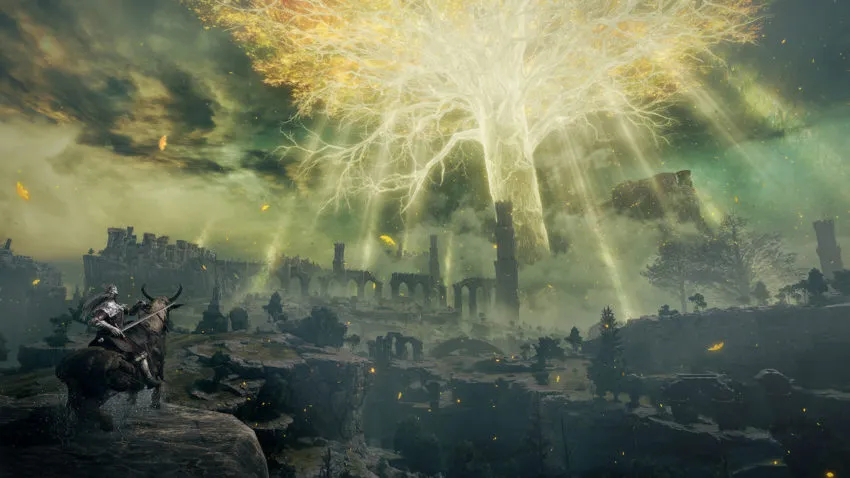
Souls games have always been about overcoming the challenges they set before you through knowledge and perseverance, and the exhilaration of succeeding against the franchise’s bosses is peerless. Our Michael Stoyanoff spoke at length about this sense of accomplishment in a recent feature. In previous entries, however, you could only go in so many directions before the boss was all that remained. At that point, either you ground for hours on low-level mobs or against the boss.
In Elden Ring, Margit’s first lesson is not to slam their face against his fight for hours on end. Rather, it’s better to leave and come back in one hour or twenty. Go south to the Weeping Peninsula to gather Sacred Tears and Golden Seeds, the Claymore, and more. Go east to the hell that is Caelid and collect Radagon’s Soreseal or farm runes near the Beastial Sanctum. You can even go around Stormveil Castle, and thus Margit, entirely to Liurnia of the Lakes.
Margit doesn’t care how weak or strong you are when you fight him. The challenge of the fight doesn’t change either. His moves still deal a lot of damage, and his combos are as punishing as they’ll always be. The difference is in your power, your increased familiarity with how Elden Ring plays, and the new tools at your disposal.
The Margit fight is an extension of the Tree Sentinel world boss in this way, though once you engage the Fell Omen, no one leaves until one of you is dead. Whether that process takes a few minutes or a few hours depends on your determination to take the fight at face value or use it as an incentive to see the world.
Margit’s Second Lesson: This is How Bosses Work in Elden Ring
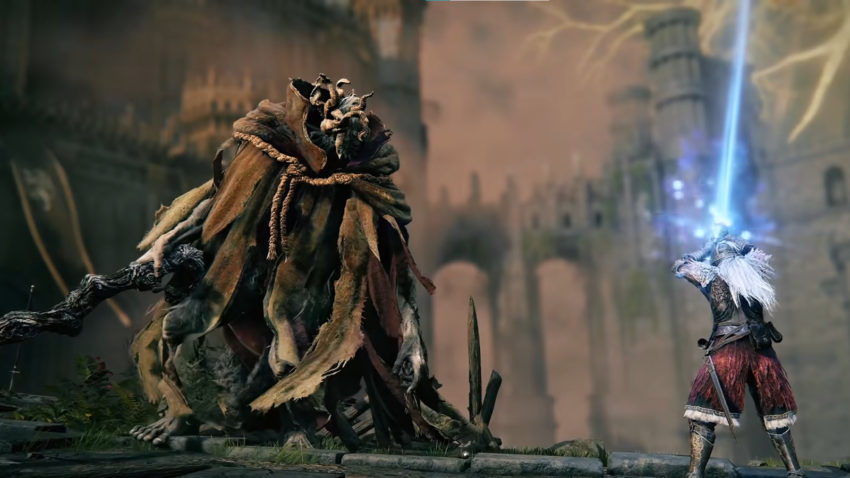
Fighting Margit is instruction on how to fight every other boss in Elden Ring. Newcomers to the Souls-like genre will see how fast, devastating, and relentless even the earliest challenges in this new game can be. Veterans will discover much of what they learned in the mainline Dark Souls games no longer applies to the fights in Elden Ring. There are new patterns and strategies to understand and old habits to break.
Perhaps the most important lesson here is about attack speed. In the Dark Souls games, Bloodborne, and Sekiro, only some attacks had significant windups. Such attacks were also relatively rare and meant as a way to trip up even experienced players. Most attacks were fast, easily dodged or blocked, and had clear windows to punish.
Margit, like so many of Elden Ring’s fights, follows the opposite pattern. Almost all of his attacks have long windups, and the window to dodge them is always just after you think it is. His fast attacks are the rare ones, and there aren’t many combos that have initially clear windows to punish. Where once there was an opening for five or more attacks, now you have time for one or two. Where once a hit or two did almost five or more percent of a boss’s health, Margit only loses a tiny sliver of his bar from an attack. Where once spamming roll or blocking everything was a viable strategy, now measured, careful avoidance and stamina management are critical. Add in how the Margit fight turns on its head when he enters his second phase at two-thirds health, and suddenly what used to work has vanished entirely.
However, the most important thing is how these differences are consistent for 90% of all the bosses in the game. A few mix things up, with Malenia, Blade of Miquella, Praetor Rykard, and others expanding on the formula by having two life bars instead of one. Even in those outliers, the strategies to overcome the boss are the same. The two-phase ruleset Margit establishes early remains intact.
Margit’s Third Lesson: I Am One of Many You Can Overcome
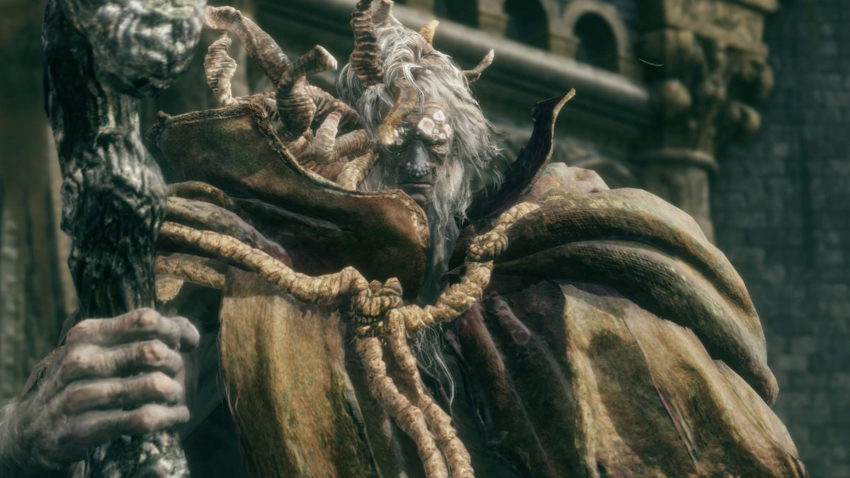
Margit’s final lesson comes after you beat him. Beyond his arena lies the whole of Stormveil Castle, a massive deathtrap larger than almost any story dungeon in Souls, Bloodborne, or Sekiro. Rich, multi-layered, and filled to the brim with enemies that want you dead, Stormveil is unreachable without taking down Margit.
Defeating the Fell Omen, then, showcases that what seem to be great victories are only small steps toward conquering Elden Ring. Every time you overcome something, there is likely something else, something larger and more punishing waiting around the next corner. What was once imposing becomes trivial, to be looked back on with fondness.
Taking on the later bosses in Elden Ring, like Malenia, Godfrey, or Morgott (Margit’s true form), will make the challenge of Margit himself seem a quaint memory. When I began my second playthrough and reached Margit again, I remember thinking how slow and relatively simple his fight seemed compared to what I’d faced in the farther corners of the Lands Between. Even his faster-paced, deadlier second phase paled compared to the likes of Radahn, Mohg, or Commander Niall.
Rather than being disappointed in Margit’s fight, having returned to it with so much more knowledge, I appreciated all it had taught me without my notice. I was also surprised by how much of a challenge he still posed when I wasn’t equipped with all the resources I’d had at the end of my first playthrough. This is another lesson, I suppose: in the same way you measure your aggression, ration your healing and buffs so when the second phase comes, you’re as prepared as you can be.
Conclusion
Despite the difficulty spike Margit’s fight created for many players, between 73-90% of all Elden Ring players on all platforms have defeated him (data from Steam, TrueAchievements, and PSNProfiles). After that, an average of 13% completed the entire game. The closest comparison, Dark Souls 3’s Iudex Gundyr, has only 10% higher completion, at 83% on Steam, and that game is nearing seven years old. That tells me players are finding more and unique ways to overcome Elden Ring’s challenges, learning Margit’s lessons, and appreciating the rush of defeating bosses in Souls-likes. That’s a giant win for FromSoftware and this series of games, and I can only hope 12 million more players will discover it.

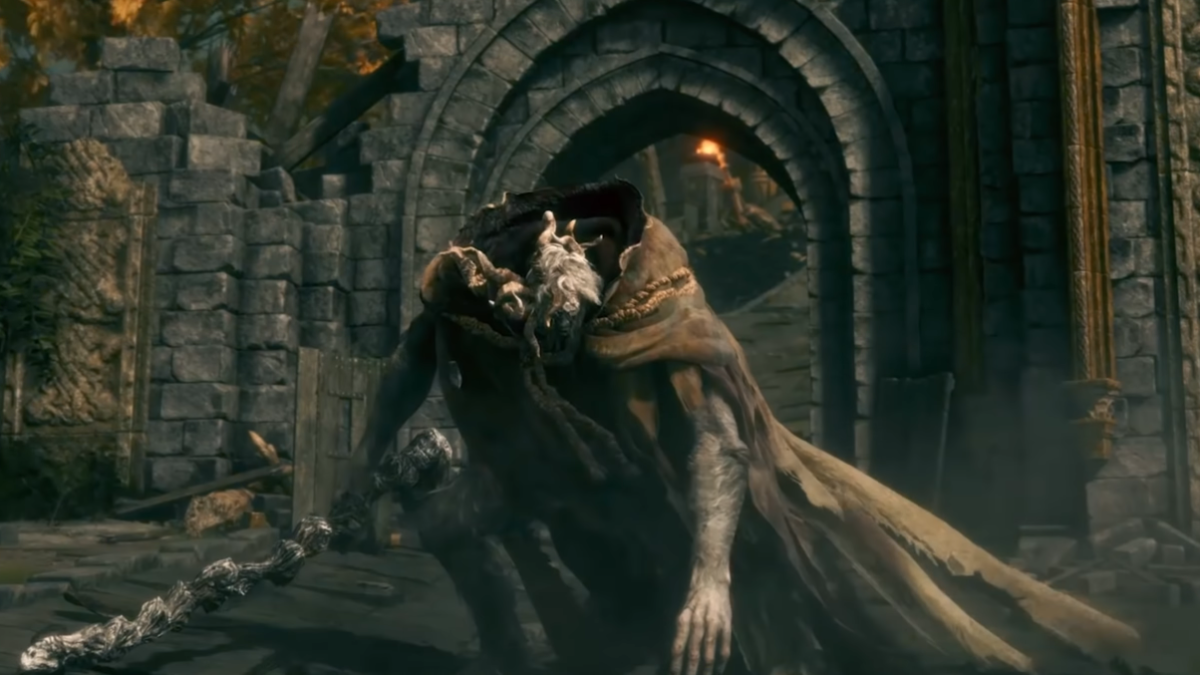
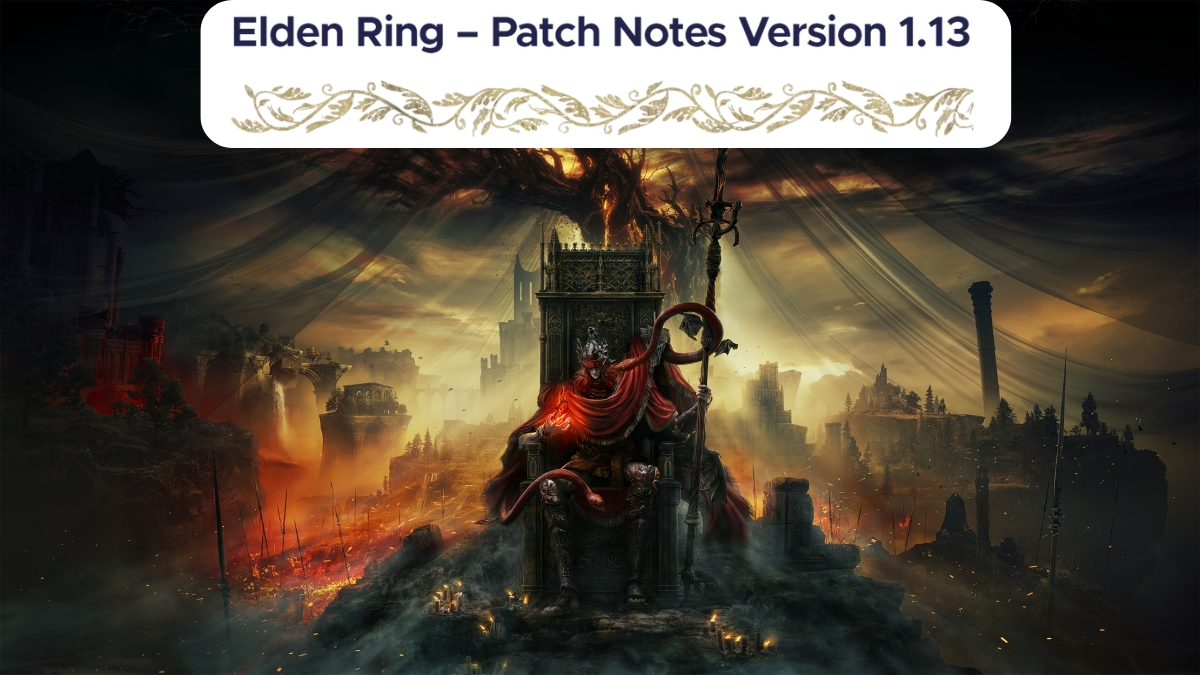
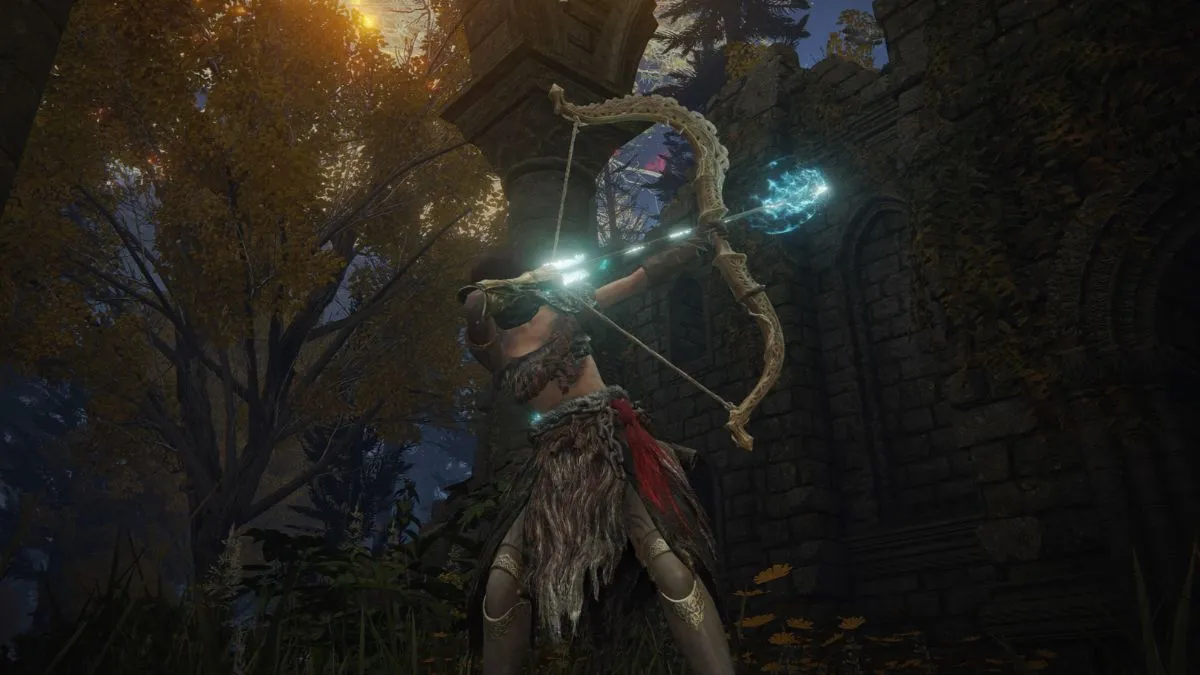
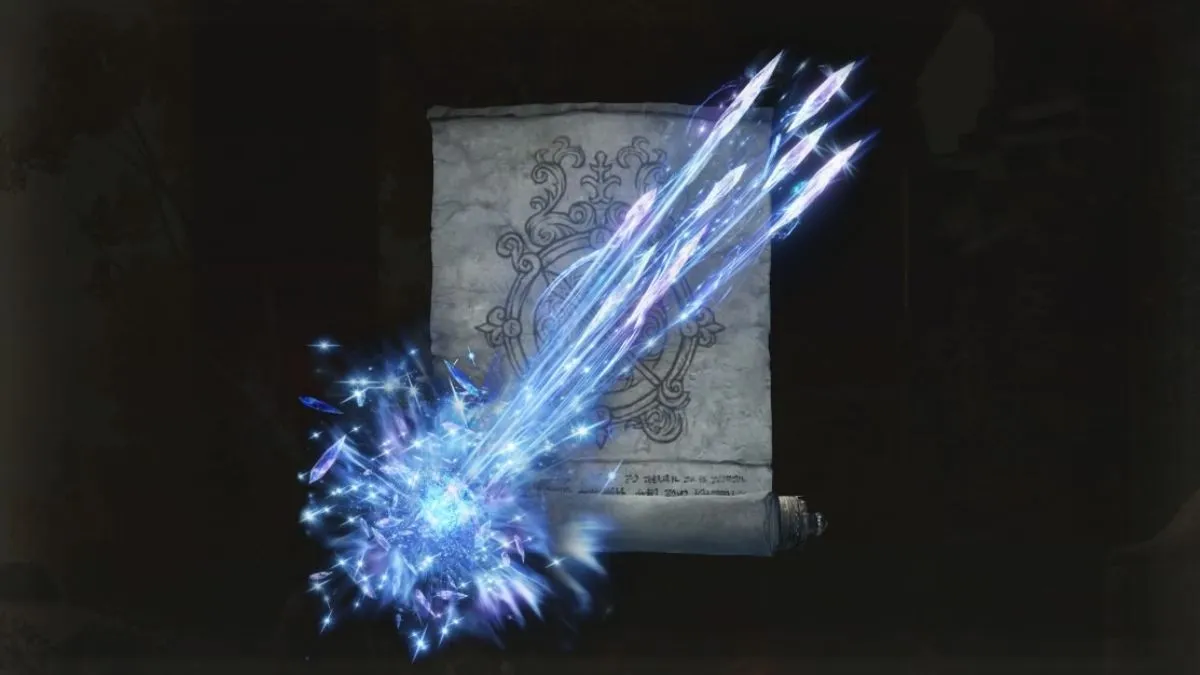
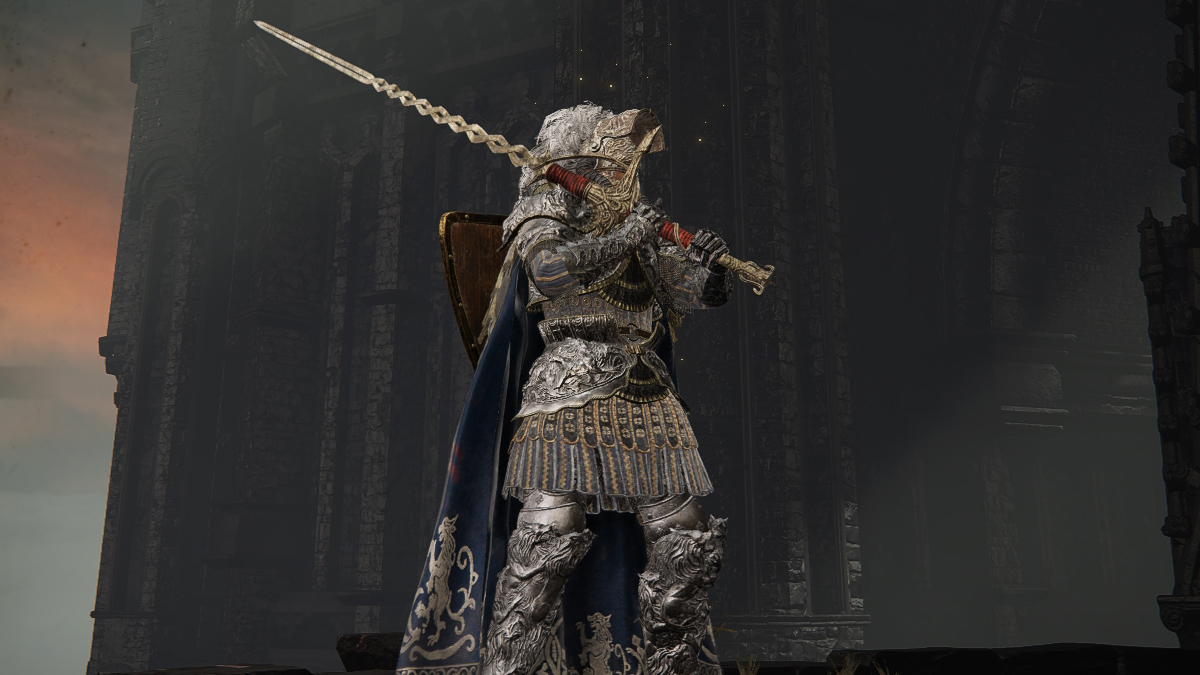
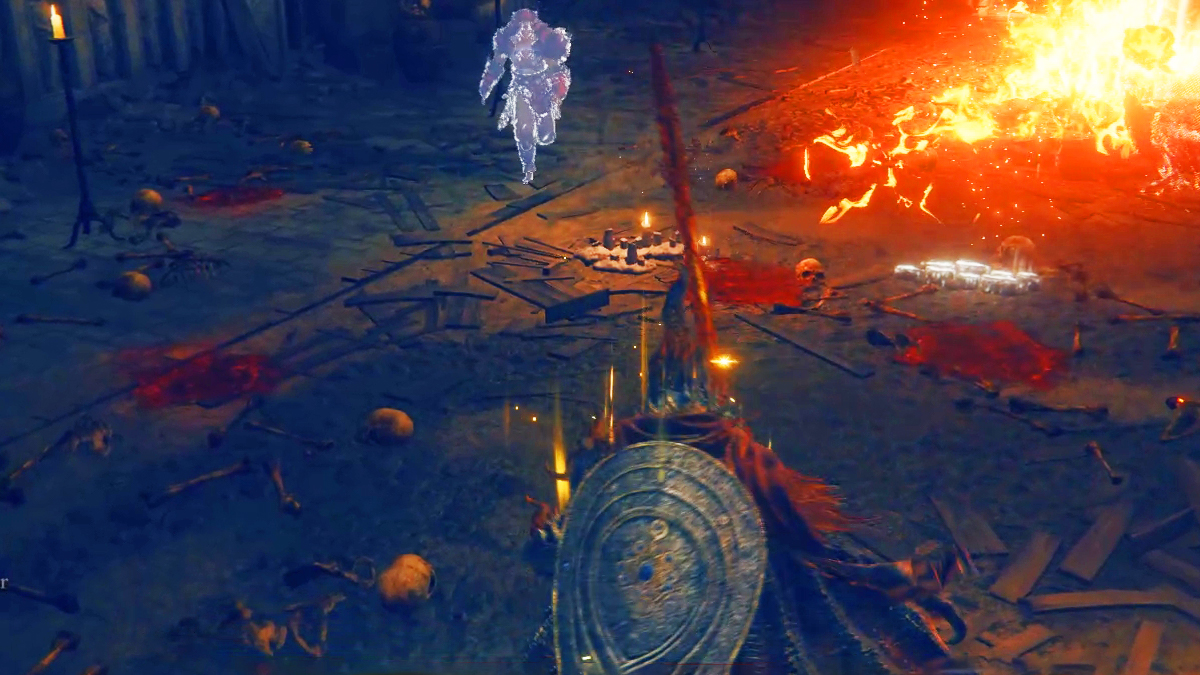
Published: Apr 4, 2022 3:25 PM UTC